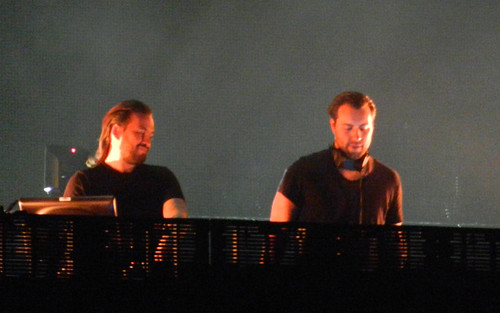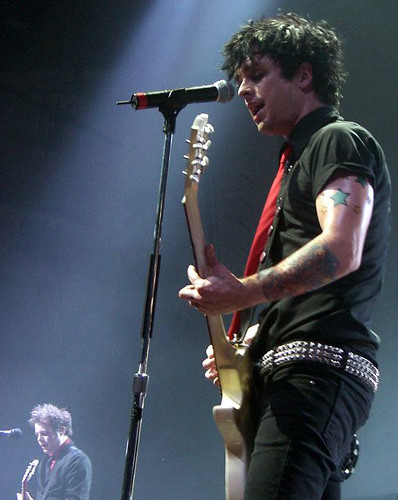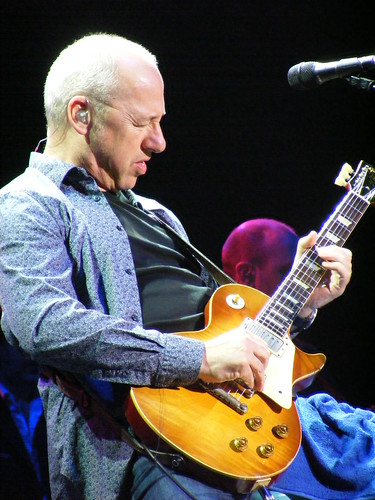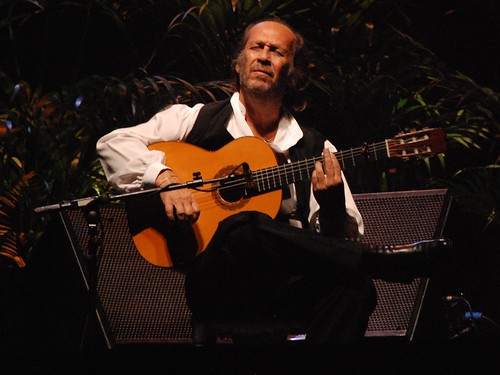When you first start to learn guitar, it can seem a little boring doing not much more than learning some basic chords and licks. Although you understand this is a natural part of learning how to play the guitar, you can’t wait to get started with songs. Thankfully, there are some easy country songs to play on guitar, as well as from other genres, so you can actually feel like you’re learning something other than the basics. What you do need to remember is that while it is fun to be learning songs, you also need to stick to learning your whole instrument so you can eventually begin coming up with improvisations and music of your own.

Here are the songs you can look to learn.
Wonderwall
We’ve chosen this Oasis track because it is one of their most famous and is definitely the easiest to play, but the truth is that most of their catalogue is relatively easy to play once you have some experience. Get started with Wonderwall but then move onto some of their other big hits.
I Fall to Pieces
We promised you easy country songs to play on guitar, and this Patsy Cline classic is one of the easiest of all. The thing that makes this song so accessible is that you’re only playing a handful of chords, all of which will probably have featured in your early guitar learning anyway.
Knockin’ on Heaven’s Door
The best thing about this song is that it is easy to play, but when you become a more confident guitarist you can start adding your own quirks to it and turn it into “your song” with not a hint of Bob Dylan, Guns n’ Roses, or anyone else who has covered it anywhere near it. When you get started, stick to the basic licks, and your confidence will soar.
All Shook Up
Elvis Presley might have been “The King,” but one of the things that made him so great was that he was able to take simple guitar licks and sequences and make them sound incredible. That is definitely the case with All Shook Up, which doesn’t sound like much more than a simple rhythm but is a great song all the same. Now, can you play, sing, and move your hips all at the same time?
Summer of 69
This is another track that is straightforward but one that presents plenty of opportunity for doing your own thing as you become a more competent player. We know that Bryan Adams probably isn’t everyone’s cup of tea, but the name of the game here is to turn yourself into a great guitarist, not become an 80s tribute act (unless that’s your ambition!).
Image Author: Flickr – fmerenda









